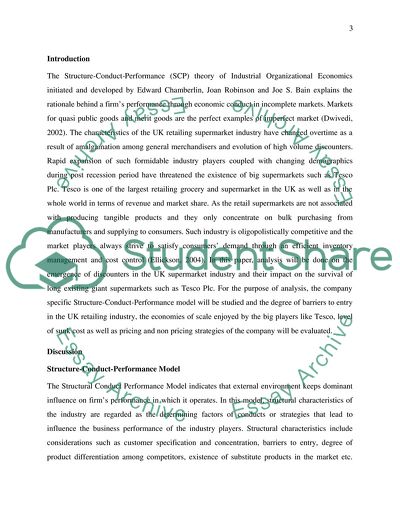Cite this document
(The emergence of the discounters and their impact on Tescos survival Essay, n.d.)
The emergence of the discounters and their impact on Tescos survival Essay. https://studentshare.org/business/1859298-the-emergence-of-the-discounters-and-their-impact-on-tescos-survival
The emergence of the discounters and their impact on Tescos survival Essay. https://studentshare.org/business/1859298-the-emergence-of-the-discounters-and-their-impact-on-tescos-survival
(The Emergence of the Discounters and Their Impact on Tescos Survival Essay)
The Emergence of the Discounters and Their Impact on Tescos Survival Essay. https://studentshare.org/business/1859298-the-emergence-of-the-discounters-and-their-impact-on-tescos-survival.
The Emergence of the Discounters and Their Impact on Tescos Survival Essay. https://studentshare.org/business/1859298-the-emergence-of-the-discounters-and-their-impact-on-tescos-survival.
“The Emergence of the Discounters and Their Impact on Tescos Survival Essay”. https://studentshare.org/business/1859298-the-emergence-of-the-discounters-and-their-impact-on-tescos-survival.


